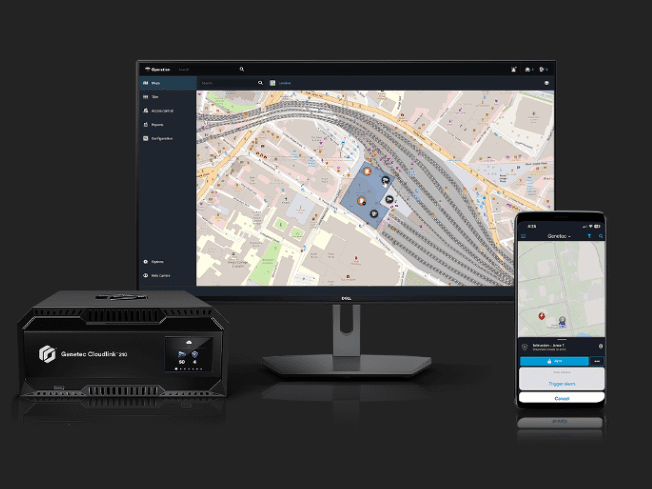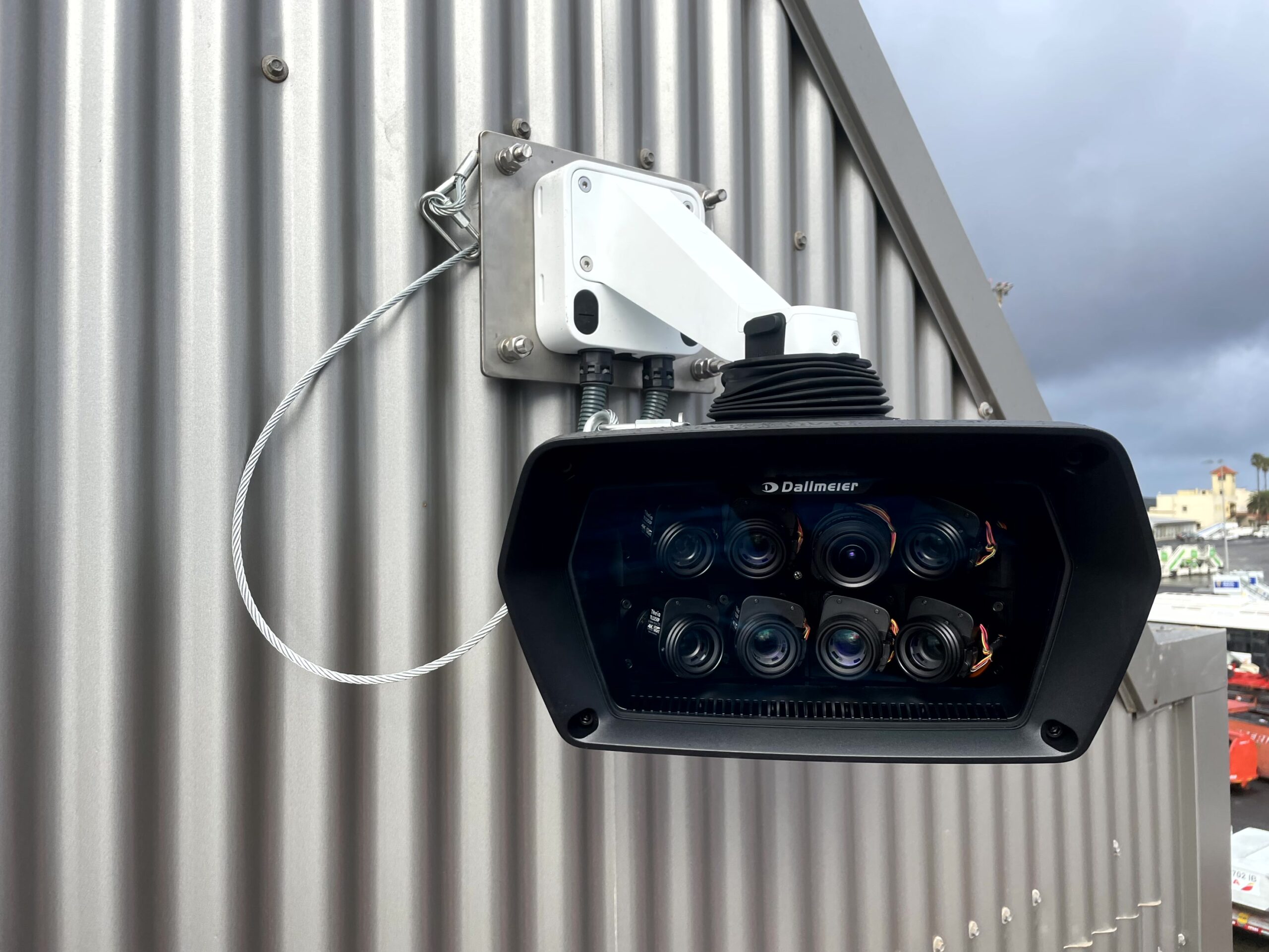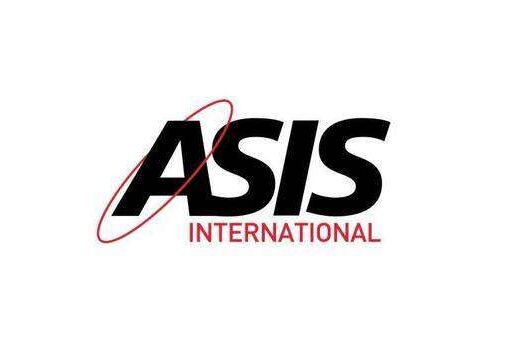2020 access control market in Korea Report: The 4th Industrial Revolution and the security market are evolving hand in hand. It is not just about physical security but about security using software as its main source and biometrics is one of them. The system uses physical and behavioral characteristics such as the face, iris, voice, fingerprint, veins, gene expressions, gait, tone, accent, handwriting and autograph for identification.
There are countless factors which contribute to the advancement of the biometrics market, but the main factor would be the development of IoT and sensor technology. Take facial recognition technology as an example. The precision of facial recognition increased by 20% between 2004 and 2014, and the facial recognition algorithm on Apple iPhone X now has an accuracy of 99%.
Smartphones are regarded as the driving force of biometrics advancement. Apple managed to supplement the Touch ID function on ‘iPhone 5s’, which only takes a thumb on the home button to unlock the screen. Such advancement demolishes the wall between physical and software authentications, giving biometrics an opportunity to infiltrate into many areas.
Global biometric market size
According to Statista Estimates, the global biometric market is to grow at a Compound Annual Growth Rate of 11.1%. The market size in 2019 was USD 24.5 billion and the estimated market size for both 2020 and 2022 are USD 27.1 billon and USD 32.5 billion.
Not only is the application of national digital recognition systems in Singapore and other Asian countries as well as Smart City biometric systems, the main contributors for such growth, but also being aware of the fact that biometric technology is the future of IoT security.
Biometric market size in Korea
According to KISIA (Korea Institute of Science and Technology Information), the biometric market in Korea has grown at a Compound Annual Growth Rate of 14.6% since 2014. Starting off with a market size of USD 190 million (2014), the estimated market size of 2021 is USD 467 million.
The graph provided by KISIA (Korea Information Security Industry Association below, shows the market growth from 2013 to 2017. Fingerprint recognition has the largest proportion with facial recognition in second place.
More people are now showing interest for iris and vascular pattern recognition, however, due to its relatively cheap installation cost and simple instructions, facial recognition is and will remain as being the most popular. Walk-through and interface synchronized facial recognition system security gates are the two systems to look out for.
The main trend in Korea
Access control systems such as biometrics and security gates now play a significant role in our lives. ePassports are being used in airports around the world, in which automated immigration systems are not a rare thing anymore. Vascular pattern recognition is used for identification and boarding procedures of domestic flights and CCTV cameras used for access control and crime prevention, not only identify a person, but also their gender, age, hair color and other features such as glasses and masks.
The 52-hour workweek bill was passed by the National Assembly in 2018, triggering many access control and biometrics enterprises to prepare for the specific market. The demand for time and attendance management system has gone sky-high and enterprises such as SUPREMA, UNION COMMUNITY, ADT CAPS, and KT telecop are keeping themselves busy with related product launchings.
The 52-hour workweek system not only has a positive effect on the biometrics industry but also on the security gate industry. However, these two industries should not be identified as separate ones, but as an integrated solution. Security gate manufacturers are going beyond biometrics solutions, entering the realm of IoT devices. An actual case of biometrics and IoT integrated security gates are being used in the following process.
As employees pass the security gate via biometrics system, they are automatically checked on the attendance list, in which the designated elevator will automatically take them to the office. New technology such as security gates being able to identify empty floors and save energy by shutting off the floor’s electricity, are currently being developed by security gate manufacturers. This is a clear sign of how grafting various technical functions onto security gates is the pathway for new opportunities.
FACIAL RECOGNITION
‘Facial Recognition’ was probably the most mentioned term last year. The ranking not only refers to access control, but to the whole security market. Fortified security & simple authentication is what everyone is asking for. Authentication first started off with card authentication, then moved onto fingerprint recognition. It was the outbreak of diseases such as MERS, which drew everyone’s attention to untact authentications.
Facial recognition also exerts influence on the financial world. According to the 2018 Payment and Settlement Systems Report, cash payments are in constant decline whilst card and easy payments are on the rise. The CAGR for card payments are at 10% and at 70% for easy payments. Ant Financials Alipay QR code payment was indeed a revolution, but they have taken a step further by developing ‘Qingting’ and launching of the facial recognition payment system.
The trend looks similar here in Korea. Facial recognition payment service has been designated as Financial Services Commission’s finance innovation and many are busy developing and commercializing the system. ETRI (Electronics and Telecommunications Research Institute) is joining BC card’s digital research institute in order to set foot on a national R&D project of facial recognition payment system. The payment system is a combination of facial recognition technology and decentralized identity, enabling facial recognition payment services at various franchises after a one-time registration process. The research team aims to launch its test version in the latter half of 2020.
KOREA’S PUBLIC PROCUREMENT AND ITS SALES PERFORMANCE
- Domestic market invigoration through global technological competitiveness
- ‘SECON’- the ideal platform for all suppliers and consumers
- Compared to 2019, the total public procurement market is to rise by 4.2%, targeting USD 5.6 billion
Compared to 2019, the public procurement service expects a 4.2% rise, targeting USD 5.6 billion this year. As the public procurement market is not looking bright due to the outbreak of COVID-19, many are looking forward to SECON 2021, the ideal platform for all suppliers and consumers. Despite the tendency of public institutions favoring video surveillance systems, the demand for access control and biometrics solutions has increased dramatically.
According to the public procurement service’s annual business report, public procurement in 2019 expanded by 26% compared to 2016 (USD 4.3 billion à USD 5.4 billion). The procurement contract business expanded from USD 2.9 billion to USD 3.8 billion (▲29%) and procurement support business from USD 1.3 billion to USD 1.6 billion (▲19.4%).
The total number of procurement companies as of March 2020 is 444,449 (domestic capitals, facilities, services and duplications excluded). 433,290 (96.8%) companies are SMEs, 2451 are middle market enterprises (0.6%), 927 companies belong to enterprise group subject to limitation on mutual investment (0.2%), and 10742 companies consist of non-profit and other remaining corporations (2.4%).
Unit: USD 1 billion
- Public procurement service’s annual business report (Source: Public procurement service statistics
- The number of public procurement companies (Source: Public procurement service statistics
- The number of end users (Source: Public procurement service statistics)
- Unit: USD 1 billion
- Types of contract (Source: Public procurement service statistics)
Looking back on the contract types of 2019, 79.7% are competitive contracts and the remaining 20.3% are private contracts. 35.9% of the competitive contracts are competitive tenderings, 0.2% invited, and 43.6% limited.
Upgraded access control vs Lack of national support
Access control and biometrics solutions are evolving in many different ways. In particular, access control systems which use facial, iris and vascular patter recognitions, are more in demand as to the previous fingerprint recognition
As SUPREMA was awarded with the Excellent Product certificate (Public Procurement Service), managing to obtain GS, EPC, and NEP certifications, the company was the first access control enterprise to have achieved the public certification grand slam. SUPREMA’s ‘Excellent Product (Public Procurement Service)’ labeled Hybrid Access Control system allows the users to use a wide range of authentication methods such as facial and fingerprint recognition, mobile cards and RF cards. Based on the installation environment, the system enables the formation of compound systems between centralized, distributed, and mobile structures. Such system not only provides the most efficient system operation process but also a reduction in construction costs.
UNION COMMUNITY mainly focuses on multi-modal biometrics pairings such as finger & facial recognition or fingerprint & iris recognition.
INNODEP joined the public procurement access control market by achieving the ‘Excellent Product’ label for its Smart Parking System. This integrated Smart Parking solution is able to share collected data of public parking lot situations in real time as well as features such as sales and other relevant statistics. The system link between video surveillance solutions and heterogeneous parking solutions enables actions to be taken against parking lot accidents and other civil complaints.
As in the video surveillance industry, time and cost required for setting foot in the public procurement market is the challenging part. A simplified authentication and document processing procedure is what many are hoping for. In terms of performance, price, and maintenance, domestic access control products are highly recognized and, in many cases, are rated even higher than many imported products. However, a number of public institutions still prefer to use imported products, which is a clear sign of how access control and biometrics industry is lacking national support. In order to expand the Korean access control and biometrics market, it is absolutely indispensable that more public institutions show deeper interest for domestic products.
See more news here.























